Description
Gucci is an Italian luxury brand founded in 1921, providing clothing, handbags, shoes, jewelry, watches, Fragrances, Make-Up, etc. Gucci has stores in nearly 40 countries around the world.
Youtube Video
Brand Features
- Iconic Design and Luxury: Gucci is renowned for its iconic designs and luxurious appeal. The brand’s aesthetic is a blend of classic elegance and modern boldness, often featuring distinctive patterns such as the GG monogram, the green-red-green web stripe, and the horsebit motif. Gucci’s commitment to craftsmanship, quality materials, and innovative design has cemented its status as a symbol of high fashion and luxury.
- Creative Direction and Innovation: Under the creative direction of Alessandro Michele since 2015, Gucci has embraced a more eclectic, romantic, and inclusive style. Michele’s vision has revitalized the brand, blending vintage influences with contemporary culture and pushing the boundaries of fashion. This creative innovation has resonated with a younger, global audience and reinvigorated Gucci’s image.
- Sustainability and Corporate Responsibility: Gucci is committed to sustainability and corporate responsibility. The brand has implemented several initiatives to reduce its environmental impact, such as using sustainable materials, promoting circular fashion, and reducing carbon emissions. Gucci’s Equilibrium platform highlights its efforts in sustainability and social impact, including gender equality, diversity, and community support.
Product Categories
- Ready-to-Wear: Gucci’s ready-to-wear collections for men and women feature a wide range of clothing, from tailored suits and dresses to casual wear and streetwear-inspired pieces. The collections often showcase bold prints, intricate embroidery, and unique fabric combinations, reflecting the brand’s eclectic and luxurious style.
- Handbags and Leather Goods: Gucci’s handbags and leather goods are some of the brand’s most iconic products. The collection includes various styles, such as the Dionysus, Marmont, and Jackie bags, each characterized by distinctive design elements like the GG logo, bamboo handles, and horsebit hardware. Gucci also offers wallets, belts, and other leather accessories that embody the brand’s luxury craftsmanship.
- Footwear: Gucci’s footwear line includes a diverse range of shoes for men and women, from elegant heels and loafers to trendy sneakers and boots. The brand’s shoes often feature signature motifs like the GG logo, web stripe, and embroidered details, making them instantly recognizable and highly sought after.
- Accessories: Gucci offers a wide array of accessories, including sunglasses, hats, scarves, gloves, and jewelry. These items often incorporate the brand’s iconic symbols and designs, adding a touch of luxury and style to any outfit. Gucci’s timepieces, combining Swiss precision with Italian design, are also a prominent part of its accessory line.
- Fragrances: Gucci’s fragrance collection includes a variety of scents for men and women, each designed to evoke a sense of luxury and sophistication. Popular fragrances include Gucci Bloom, Gucci Guilty, and Gucci Flora, which are known for their unique and captivating aromas.
- Home Decor: The Gucci Décor line offers a range of home furnishings and accessories, including furniture, textiles, tableware, and decorative items. These pieces reflect the brand’s distinctive aesthetic, featuring bold patterns, vibrant colors, and intricate details that bring a touch of Gucci’s luxury and style into the home.
- Beauty and Cosmetics: Gucci’s beauty and cosmetics line includes makeup products such as lipsticks, foundations, eyeshadows, and nail polishes. The brand’s beauty offerings are designed to complement its fashion collections, providing customers with the tools to express their individuality and style.
History
- Founding: Gucci was founded in 1921 by Guccio Gucci in Florence, Italy. Initially, the company started as a small leather goods and luggage store, catering to the wealthy clientele who frequented the city’s luxury hotels. Guccio Gucci’s vision was to create high-quality, handcrafted leather products that combined traditional craftsmanship with modern design.
- Expansion and Innovation: Throughout the 1930s and 1940s, Gucci expanded its product range to include handbags, shoes, and accessories. The brand introduced several iconic design elements during this period, such as the bamboo handle, which was first used on a handbag in 1947. Gucci’s innovative approach to design and craftsmanship helped establish the brand as a symbol of luxury and sophistication.
- International Recognition: In the 1950s and 1960s, Gucci gained international recognition and expanded its presence globally. The brand opened boutiques in major cities such as New York, London, and Paris, attracting a high-profile clientele that included celebrities, royalty, and influential figures. The introduction of the GG logo and the green-red-green web stripe further solidified Gucci’s status as a fashion icon.
- Challenges and Resurgence: The 1980s and 1990s were challenging decades for Gucci, marked by family disputes, management changes, and financial difficulties. However, under the leadership of Tom Ford, who became creative director in 1994, Gucci underwent a dramatic transformation. Ford’s bold and provocative designs revitalized the brand, making it a symbol of modern glamour and success.
- Acquisition by Kering: In 1999, Gucci was acquired by the French luxury group Kering (formerly known as PPR). This acquisition provided the brand with the financial stability and resources needed to continue its growth and expansion. Under Kering’s ownership, Gucci has maintained its commitment to innovation and excellence while expanding its product range and global reach.
- Alessandro Michele’s Vision: In 2015, Alessandro Michele was appointed as Gucci’s creative director. Michele’s eclectic and romantic vision has brought a new energy to the brand, blending vintage influences with contemporary culture and redefining luxury fashion. His inclusive and gender-fluid approach to design has resonated with a younger audience, further cementing Gucci’s status as a leading global fashion brand.
- Commitment to Sustainability: In recent years, Gucci has made significant strides in sustainability and corporate responsibility. The brand has launched various initiatives to reduce its environmental impact, such as using sustainable materials, promoting circular fashion, and reducing carbon emissions. Gucci’s Equilibrium platform highlights its efforts in sustainability, social impact, and inclusivity, reflecting the brand’s commitment to creating a positive and lasting impact on the world.
Gucci’s blend of iconic design, luxurious craftsmanship, and innovative vision has made it one of the most influential and celebrated fashion brands in the world. With a diverse range of product categories and a rich history of growth and transformation, Gucci continues to inspire and captivate customers around the globe.
Last Update 07/12/2024
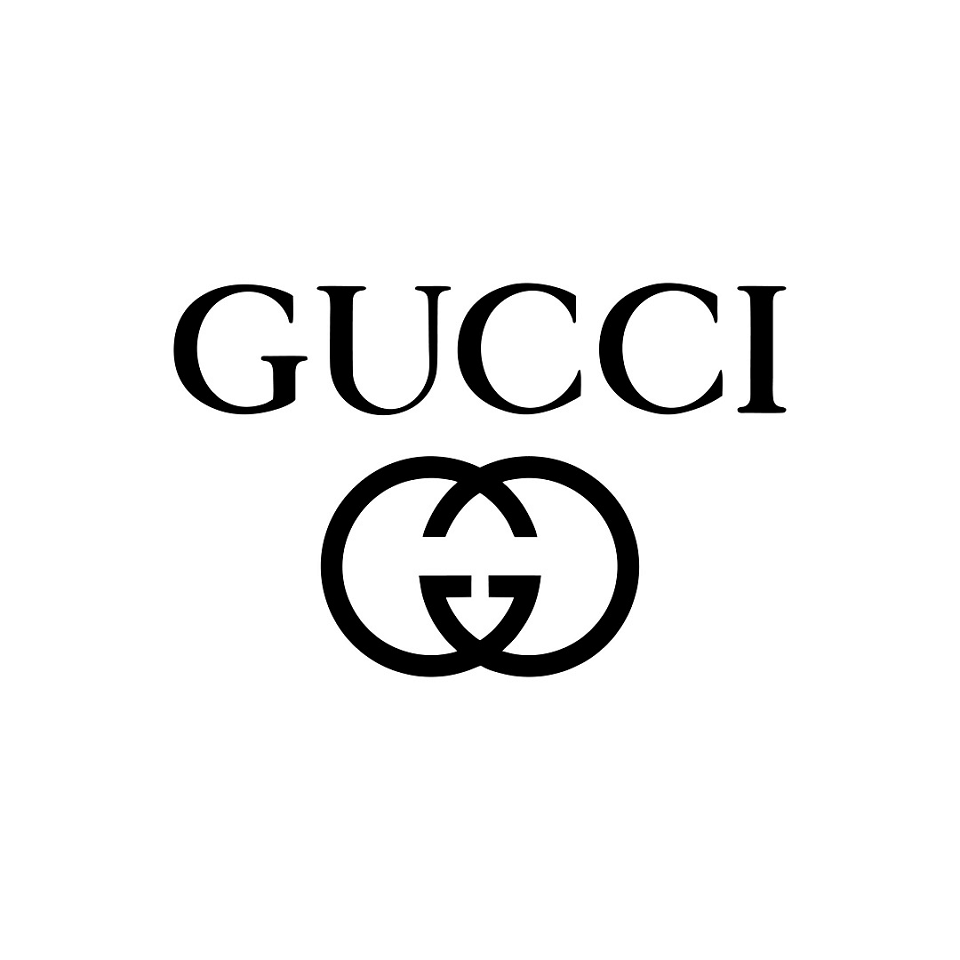

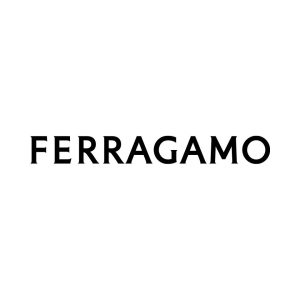
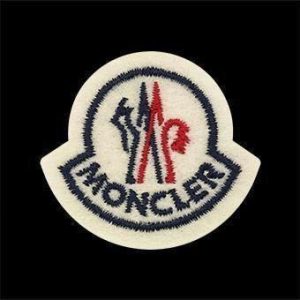
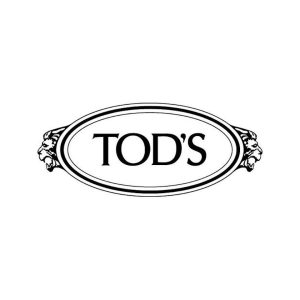

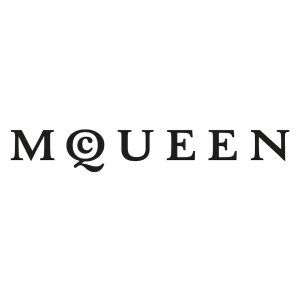

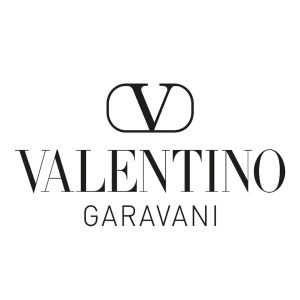
Reviews
There are no reviews yet.